 |
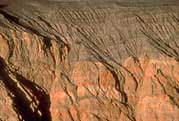 |
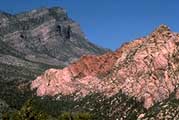 |
 |
 Lewis Thrust, MT |
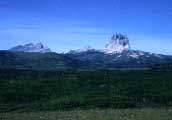 Klippe |
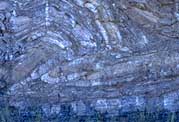 ramp anticline |
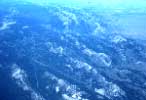 Fold-Thrust Belt |
Thrust/Reverse faults
Thrust and Reverse faults form by horizontal compressive stresses and so cause shortening of the crust. Because the hangingwall moves up relative to the footwall, most of these faults place older rocks over younger rocks. Younger over older relations can occur when previously deformed rocks are thrust faulted.
Thrust faults typically dip at low-angles, between about 10-40 degrees. However, because thrust faults cut through stratigraphic sections as either ramps or flats, their orientations can vary considerably. Additionally, repeated slip on other faults and/or associated folding, can cause originally low-angle faults to rotate to steep angles.
Click on any of these images for a larger view with text.
 |
 |
 |
 |
 Lewis Thrust, MT |
 Klippe |
 ramp anticline |
 Fold-Thrust Belt |
Go to faults, normal faults, strike-slip faults
Back to Slide Index